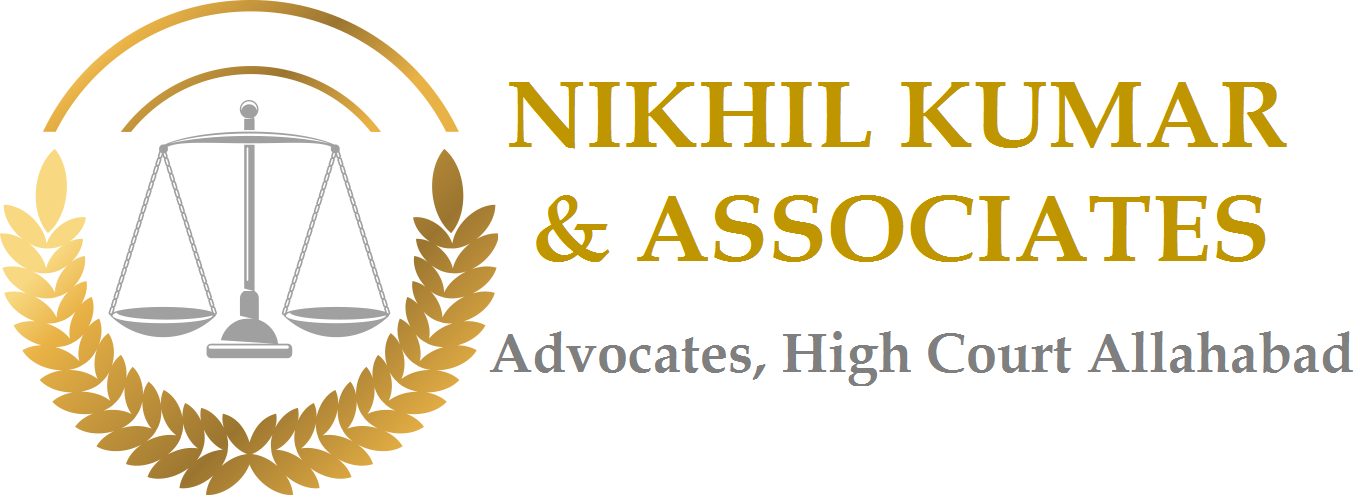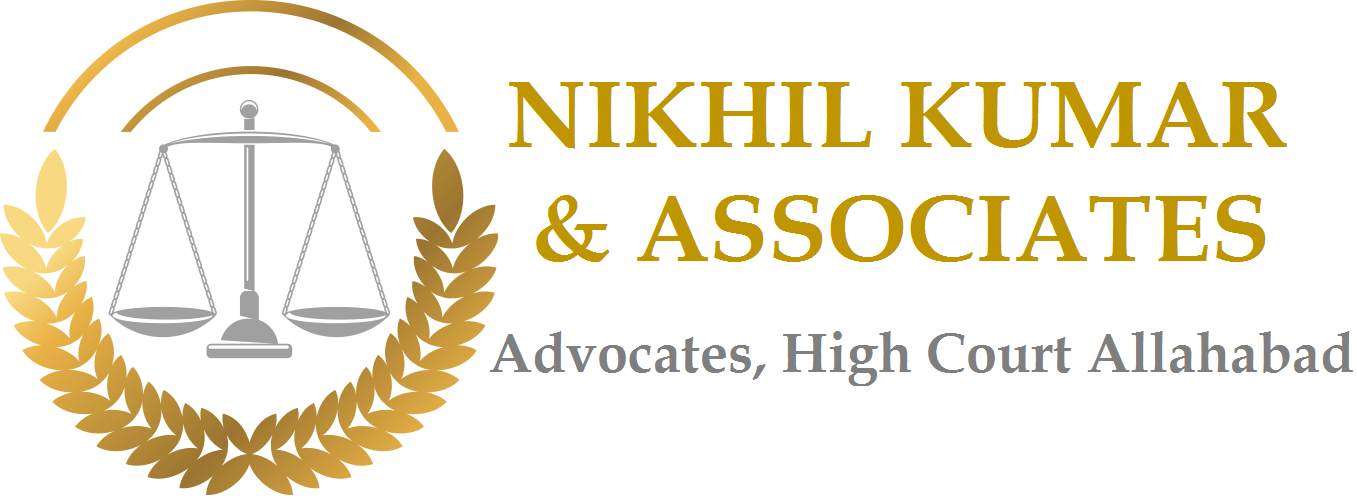Courtesy: Deeksha Rao
The Code of Civil Procedure 1908 guarantees justice to all the parties involved in a suit by providing provisions that allow the transfer of one case from one court to another. This remedy acts as a panacea to any issue or injustice a party could face being subjected to a particular jurisdiction in authority or place. This article explores the remedy having the effect of transferring a civil case by Allahabad High Court.
What provisions under the Civil Procedure Code deal with Transfer Applications submitted before a Court?
The provisions of such nature are held under the subheading ‘Place of Suing’, the provisions that highlight a court’s power to transfer cases are discussed below:
‘Power to transfer suits which may be instituted in more than one Court’ – Section 22 talks about the various essentials that need to be fulfilled by the parties and the court while considering such a move. These include,
(1) Firstly, the submission of the application by one party has to be succeeded with a notice to the other party.
(2) Secondly, the application should be made before the resolution of the issues between a party.
(3) Thirdly, the court has the responsibility to hear the objections and only after a careful analysis of the facts and circumstances, decide the jurisdiction.
The third essential ingredient has been upheld by the Allahabad High Court in the case of Smt. Jyoti Kaushik vs. Vedant Sharma, where the basis for allowing such an application by the Court was the overall circumstances of the parties involved in the suit.
‘To what Court application lies’ (Section 23): Another important aspect of ‘transfer applications’ is finding the appropriate court to file such an application, this section answers the same. It states that-
The aggrieved party may approach the competent Appellate Court or the Court of Appeal, in cases where several courts with jurisdiction are subordinate to the same Appellate Court.
In cases where the competent courts are subordinate to different Appellate Courts but the same High Court, the aggrieved party may apply for transfer of proceedings before the High Court.
In the third instance, if the competent courts are subordinate to different High Courts, an application may be preferred before the High Court under whose jurisdiction the competent court is situated.
An application under Section 24 of Civil Procedure Code 1908 is filed before the Allahabad High Court, for transfer of the case from one court to another, or withdrawal of the case from a subordinate court and disposal by Allahabad High Court itself, or transfer to the Competent Court.
What are the grounds on which such an application can be submitted by a party and accepted by the authorized court?
- Causing unnecessary hardship and inconvenience to one party: Where it is evident that the jurisdiction of a certain suit is causing hardship to one party and judicial intervention in the form of Suo Moto transfer (Section 24) or under Section 22 could prevent such a happening, the transfer is considered. Given, that the defending party has either no objections or the objections do not have sufficient substance to prevent the transfer.
- Bias or prejudice: When one of the parties has certain apprehensions that the current court’s decision might be influenced by prejudice and does not ensure justice, this ground could be used to transfer the case. It includes factors like- the judge having a personal interest in the matter, having some relationship with one of the parties, etc.
- The multiplicity of the decisions: If the court acknowledges that common questions of facts and law have been posed, then to avoid any multiplicity of the decisions, the transfer to another is processed.
- Delay and unnecessary expense: A transfer application, that provides adequate claims and backings that the current case might lead to unnecessary delay and expenses, is considered in a way to release such a burden from the party’s shoulders.
- Question of law: Another ground that allows such an application to be considered is the involvement of a ‘question of law’. Some issues are presumed to be better decided upon by a court that is more competent to deal with it. If an application provides such a ground, then the transfer is allowed.
What are the grounds on which such an application cannot be submitted by a party and accepted by the authorized court?
- For the sake of mere convenience: As decided in Indian Overseas Bank v. Chemical Construction Co., the transfer application cannot be filed chalantly and has to be backed up by reasons other than mere convenience and ease of either of the parties.
- Apprehension of prejudice: The prejudice on the part of the party applying for transfer that the appointed judge’s decision might not adjudicate justice to the party based on some previous judgment or any erroneous judgment of that judge, is not a ground to apply for transfer of a case.
- Distance as an inconvenience: The distance of the applicant’s residence to the court cannot be regarded as a ground to transfer the proceedings of one court to another. The court has to consider the ‘overall’ circumstances and distance in itself cannot be a justified ground, the relevance of fact and circumstances has been cited by Allahabad High Court in Shweta Verma vs. Dr Harish Kumar.
- Influence of the opposite party: Transfer application premised on the influence of the opposite party within the locality of the party that could potentially influence the judgment cannot be treated as a fairground to allow transfer applications.
In cases of Matrimonial Dispute between husband and wife, if the wife submits a transfer application, what are the grounds considered by the Court?
In case of transfer applications in Matrimonial Matters, it is usually the case that the wife applies for transfer due to hardships faced by her.
Factors that are relevant and mostly considered in allowing transfer application in favour of the wife are as follows:
- Maintenance given by the husband, if any.
- The convenience of the wife is to be looked into.
- Source of income for covering the expenses.
- Whether any objection was taken by the Opposite Party
- Other relevant circumstances as the Court may deem fit.
However, it is pertinent to mention that Section 24 of CPC cannot be construed so loosely to come to the aid of the Wife in matrimonial disputes on frivolous and flimsy grounds.
Who is eligible to submit a transfer application?
The transfer application can be filed by either of the parties involved, i.e, both the defendant and the plaintiff. However, the application under Section 22 can be filed only by one defendant and it has to be filed by a single defendant even when there are multiple defendants. All the parties to the suit (except the applicant) have the right to file an objection to transfer the application considering all the objections of the court. The superior court shall determine the most appropriate court for settling disputes.
Apart from the remedy of ‘Transfer Applications’, the District and High Courts have the power to transfer cases suo moto which has to be accompanied by valid and justifiable reasons (Section 24).
Aftermath: What is the effect of acceptance or dismissal of the Transfer Application?
The order of the court allowing the transfer of a case comes into effect immediately after being issued and that particular case is transferred to the designated court. Its implementation does not need the order to be notified to the subordinate court.
The rejection of the application entails that the case would continue to be adjudicated in the current court. However, the party other than the applicant is allowed to get compensation, not exceeding Rs. 2000 which is done considering the inconvenience the other party had to face due to the transfer request by the applicant.
The provisions have to be implemented with utmost care and honesty which is the only way to ensure justice. Any discrepancy arising has to be dealt with judicially, such that no party benefits at the cost of another.

